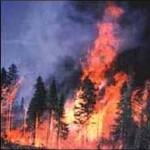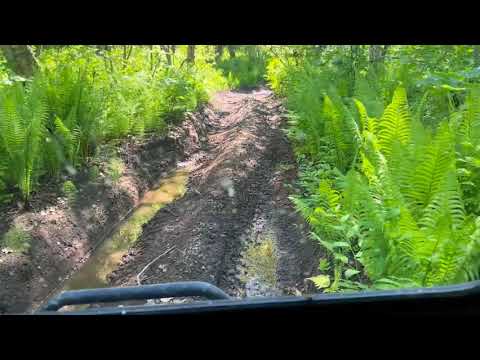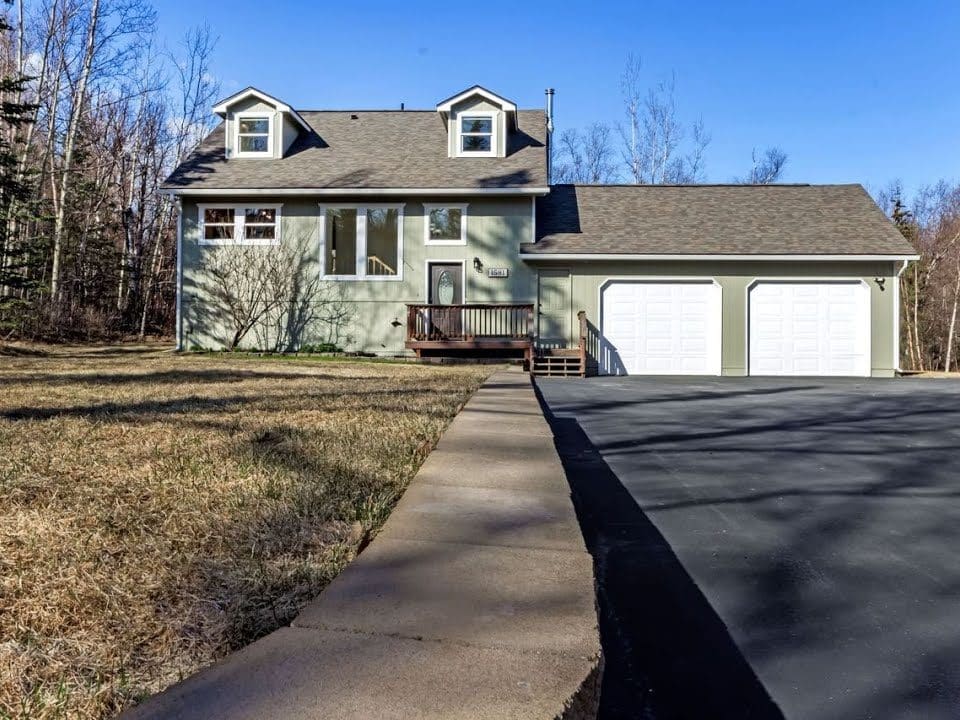 Those were the words told to two of my clients right after moving into their new homes. You can imagine how disappointed they were, they loved the beautiful birch forest surrounding their brand new homes. The people giving the order in both of these cases was the home insurance company USAA. I have since learned that other insurance companies are also very sensitive to defensible space around homes.
Those were the words told to two of my clients right after moving into their new homes. You can imagine how disappointed they were, they loved the beautiful birch forest surrounding their brand new homes. The people giving the order in both of these cases was the home insurance company USAA. I have since learned that other insurance companies are also very sensitive to defensible space around homes.
After this happened the second time I decided to look into it. It seems that recent wild fires in California and other states have revealed the need to increase defensible space around homes. Many homes burned because they were in the middle of pine forests with trees growing right up to the house.
I contacted Mrs. Michieal Abe’ with the borough’s wildfire mitigation program. She sent me an email explaining that people really don’t need to clear all the trees, but they do need to pay close attention to fire ignition sources close to their home. She is available to evaluate your home if your insurance company is making unreasonable demands.
The rest of this blog is from her email:
Broadly there are two areas of focus on my wildfire risk rating visits. The first is the yard’s defensible space or Home Ignition Zone (HIZ). Currently, the HIZ is broken into three smaller zones, the first from the home out to 30 feet minimum. This should be the cleanest, and have no spruce or other pine/juniper type plantings. Well watered, mowed lawn, etc. Think lean, clean and green.
The second zone is the next 100 feet. Thinning trees to have 10-15 feet between them at maturity is optimal, with no lower branches, bushes or “ladder fuels” underneath. The last zone is everything after than 130 foot mark. Throughout all of the HIZ it is important to manage the vegetation into islands, and break it up so there is no continuous fuel from large tree stands all the way to the house. Depending on lot size, neighbors may be a part of a home’s ignition zone, and vice versa. (In Palmer the neighbors are within 15 feet from house to house.
All that applies to flat ground! If a home is on a hill, one must remember that fire pre-heats and pre-dries what is above it. The zones increase with slope, so a house on a very steep hill may have a Zone 1 which is 100 feet! Slopes are good places for rock gardens and succulent gardens but not for spruce forests.
The second main focus is the house itself. Exterior construction is very important when you think about where all those blowing embers might land in a wind driven wildfire. (The Valley’s forests depend on fire, so firefighting folks are always talking about the next big one as when, not if.)
Ideally, a “Firewise” house would have a metal roof with metal soffit enclosures, concrete or metal siding, metal or concrete foundation, cement sidewalks, or gravel and paver stone walkways. Decks would be planked tightly with a non-combustion sustaining material (think Trex, but there are others out there) and completely enclosed. Any place the wind blows leaves or grass clippings, the fire may blow embers. If a tinder pile is already in place and an ember lands there, off to the races it goes!
Additionally, wood piles, sheds, shops, barns, dog kennels, straw storage, propane tanks, Rvs, ATVs, and other parking, all these things would be set, stored or parked at least 30 feet from the house so that if they catch fire (for whatever reason) they are not taking the homeowner’s bed and house with it.
There is a lot more to talk about, but that’s why I make house calls. My home visits generally take about an hour. It depends on how clean the house and yard are, what there is to talk about, the experience and talkativeness of the owner, etc. I’ve done them in quite a bit less, and sometimes more.
This will probably be the last year that we have funding for spruce tree removal for homeowners, due to diminishing funding. Since 2005 we have been helping homeowners remove flammable/hazardous spruce trees from within 30 feet of their homes. This is a first come, first serve program. A free wildfire risk rating (Firewise Homevisit) is the first step to determining if a home has eligible trees (no birch or cottonwood.)
Here are some good websites and links. Please do not hesitate to contact me if I can be of further assistance.
The National Fire Protection Agency (NFPA) national program website
A You-tube video with Jack Cohen, one of the most respected researchers in the field
The borough website Firewise page with my contact info at the top.
Mrs. Michieal Abe’
Wildfire Mitigation Program
Matanuska-Susitna Borough
680 N. Seward Meridian Parkway
Wasilla, AK 99654
(907) 373-8823 desk
(907) 376-0799 fax
ww1.matsugov.us/des click on Firewise



